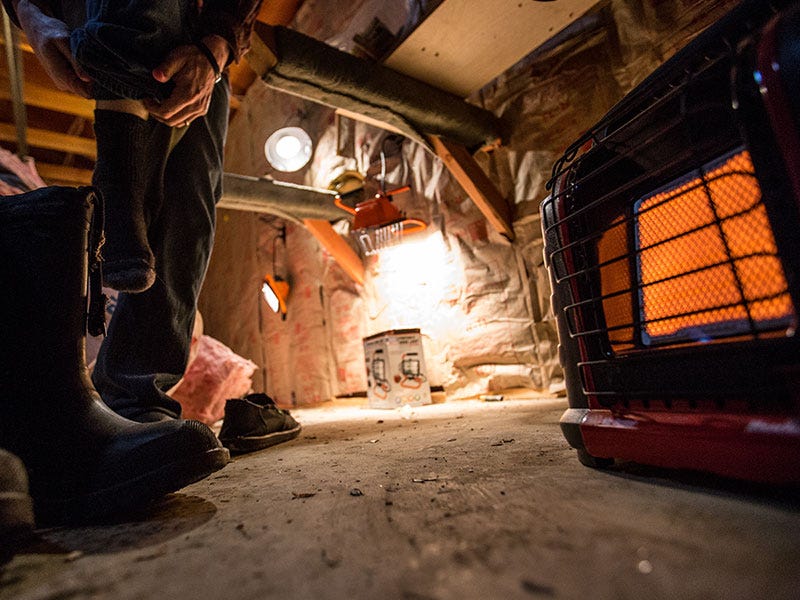When to Wear Sock Liners

Is a sock liner a vestigial remnant (that means throwback) of a time when hiking socks were made of Brillo pad type wool, or do they have a place in the modern sock era?
Wellllllll-- kind of, but not really. That's vague, true, so let's break it down.
The Evolution of Wool Socks
Wool has come a long way since the old days of Brill-Wool- Merino wool is stock and staple in most hiking socks and hiking/backpacking gear because it often negates the need for wearing sock liners.
Check out these socks made with Merino. Plus Merino is even used in base layers like these.
The purpose of a sock liner, like Luke says in the video, is to add a hydrophobic layer between your skin and the thicker, insulating layer on the outside. This will allow sweat from your foot to be wicked away from your skin and help prevent "hot spots," blisters or discomfort in your boot.
Can Boots Dictate the Need for Sock Liners?
If you have heavier boots that on average have "less give" than lighter synthetic boot, heavy boots like White's Elk Guide or White's Firefighter Smoke Jumpers a sock liner could be a good option with these because the "friction" occurs between the two layers of material, rather than your flesh and the material.
When else is a sock liner a good option? How about when ice fishing? While friction reduction is less of an issue while sitting in the middle of the ice, what DOES matter is the fact that when temperatures are THAT cold you need thick, wool socks. With the addition of sock liners to the winter wear socks like Wigwam's 40 Below Socks, you will have the additional benefit of a wicking layer to help keep you comfortable while waiting for those pike to bite.
When NOT to wear Sock Liners
We asked Luke why you wouldn't wear liners, or if liners decrease or deter any of the socks properties he said they did not, so I imagine the only reason NOT to wear them would be if you didn't have super sweaty feet- or if your boots/gear didn't offer too much friction or cause hotspots.
Another reason NOT to opt for the lining? The natural strength of wool to resist odor and have a long, "odor-free" wear cycle. Wool has one of the longest "odor-free" wear cycles available to humans.
Poly products on the other hand do not control odor well due to the fact they house more bacteria than wool. By having a bacteria housing layer constantly up against the wool layer, the wool will be impacted by the additional bacteria more quickly, causing odor to arrive sooner than if that layer was not there.
To line or not to line, that is the question- so, what's your opinion?
Word Fact Extra #4: The word beneath is descendant from the Old English neothera which is a variant on the Germanic nieder where ni- means "down" and:ther used as a comparative word- literally "down there." Enter the Netherworld series. Boom. Mind explosion.
